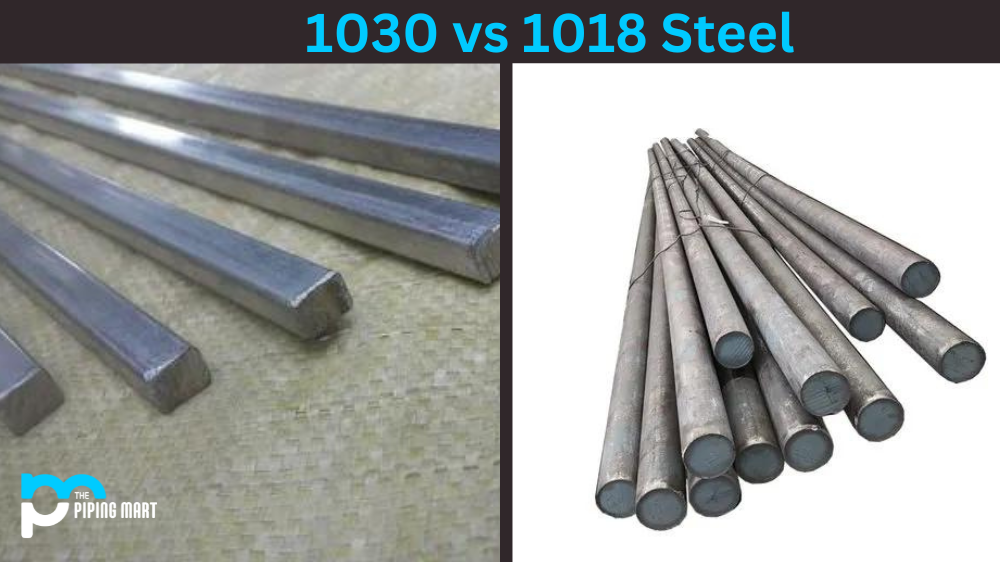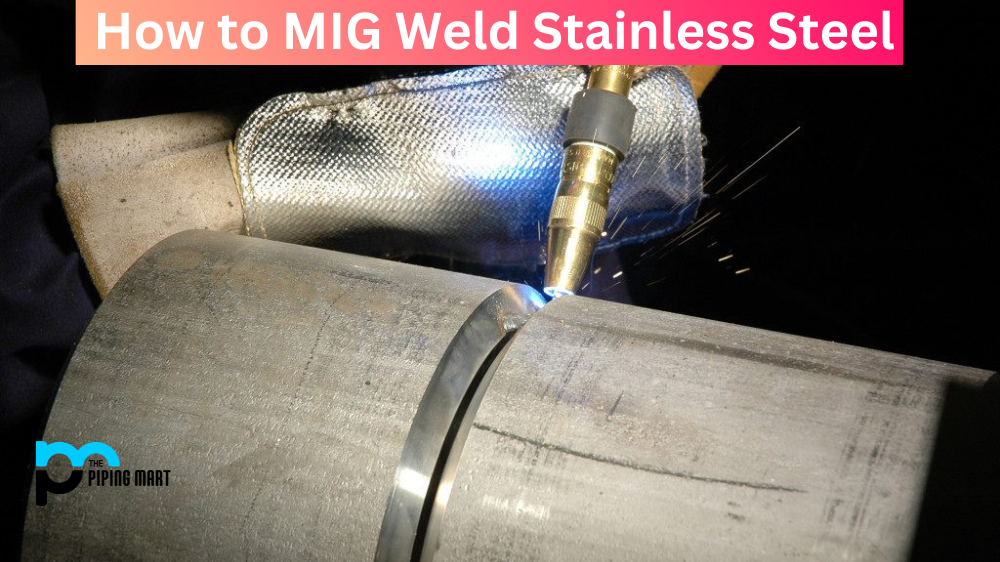When it comes to selecting the right type of stainless steel for your project, there are two types that stand out from the pack. The 300 series and 316 stainless steel offers excellent corrosion resistance, though each has unique benefits. Let’s take a closer look at how these two materials compare.
300 Series Stainless Steel
The most common type of stainless steel is the 300 series. This family of alloys is composed mostly of iron, with a minimum chromium content of 16%. It offers good mechanical properties and can be readily formed into various shapes. It also has excellent corrosion resistance and weldability, making it easy to work with. However, it is not as resistant to corrosion in harsh environments as some other types of stainless steel.
316 Stainless Steel
The 316 alloys are made up mostly of iron but with a higher chromium content (18%) than the 300 series alloys. This extra bit of chromium makes 316 more resistant to corrosion in harsher environments than 300 series stainless steels, making it the preferred material for applications where exposure to salt water or acidic chemicals is likely. It also has better mechanical properties at elevated temperatures than 300 series alloys, making it an ideal choice for applications that will be exposed to high temperatures over long periods of time. Additionally, because it contains molybdenum in addition to chromium, 316 is more resistant to pitting and crevice corrosion than other types of stainless steel.
Difference Between 300 Series and 316 Stainless Steel
Composition
300 series stainless steel is an austenitic alloy that is non-magnetic. This alloy series typically contains between 8% and 30% chromium and nickel. Chromium is what gives stainless steel its corrosion-resistant properties, while nickel imparts strength and ductility. 300 series stainless steel can also contain molybdenum, copper, titanium, manganese, silicon, and nitrogen.
Properties
300 series stainless steel is known for its excellent corrosion resistance and good mechanical properties. This alloy series is also non-hardenable by heat treatment. As a result, it can be welded and formed using standard fabrication methods.
Applications
300 series stainless steel is commonly used in food processing equipment, as well as in the brewing and wine-making industries. It is also often used in architectural applications, such as in handrails, kitchen appliances, and sinks.
Cost
300 series stainless steel is less expensive than 316 stainless steel, making it a good choice for applications where cost is a major consideration. However, 300 series stainless steel is not as resistant to corrosion as 316 stainless steel, so it may not be the best choice for applications that will be exposed to harsh environments.
Availability
300 series stainless steel is widely available on the market and can be found in a variety of sizes and shapes. It is also easy to fabricate using standard fabrication methods.
Summary
300 series stainless steel is an austenitic alloy that contains between 8% and 30% chromium and nickel. This alloy series is known for its excellent corrosion resistance and good mechanical properties. It is commonly used in food processing equipment, as well as in the brewing and wine-making industries. 300 series stainless steel is less expensive than 316 stainless steel but is not as resistant to corrosion
Conclusion:
Ultimately, when deciding between 300 series and 316 stainless steel for your next project, you’ll have to weigh the cost versus the benefits based on your specific needs. If you’re looking for a material that’s strong yet economical, then the 300 series may be just what you need; however, if you need something that’s highly resistant to corrosion in harsh environments, then 316 may fit the bill perfectly! Regardless of which material you choose, make sure you do your research so that whatever product you create meets your standards for quality and durability!

A passionate metal industry expert and blogger. With over 5 years of experience in the field, Palak brings a wealth of knowledge and insight to her writing. Whether discussing the latest trends in the metal industry or sharing tips, she is dedicated to helping others succeed in the metal industry.




